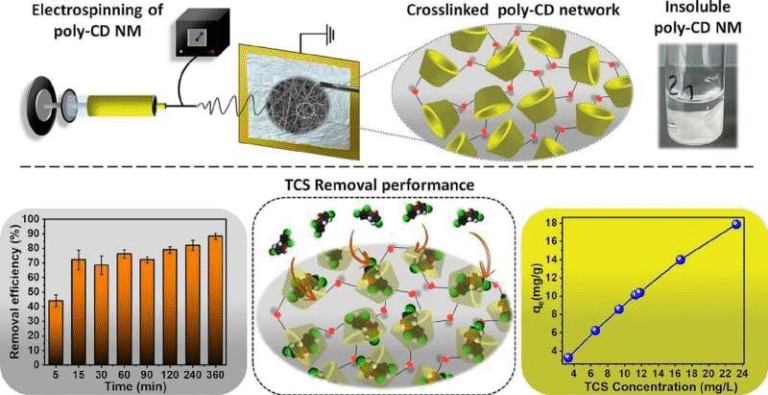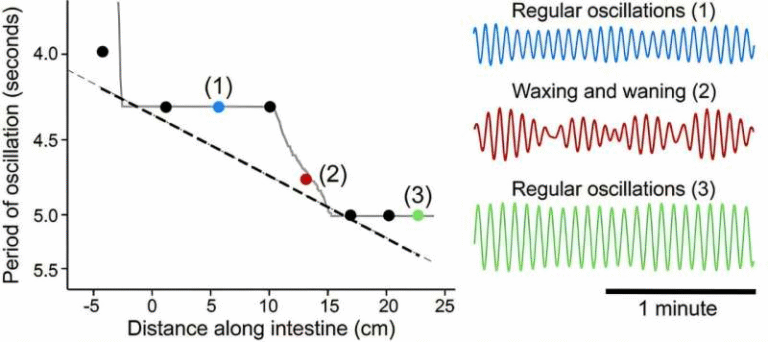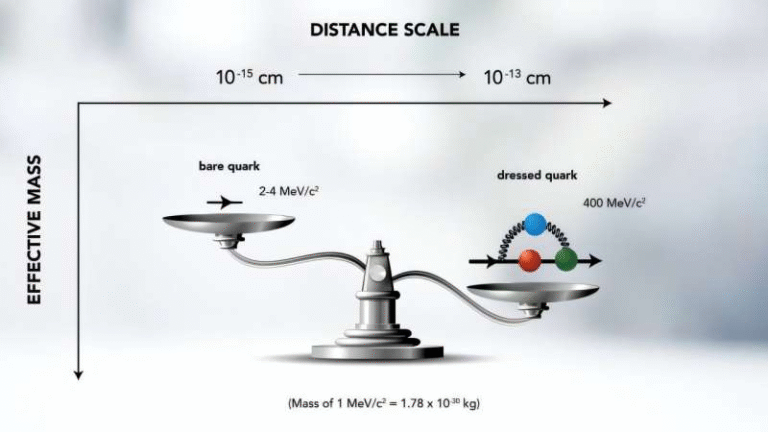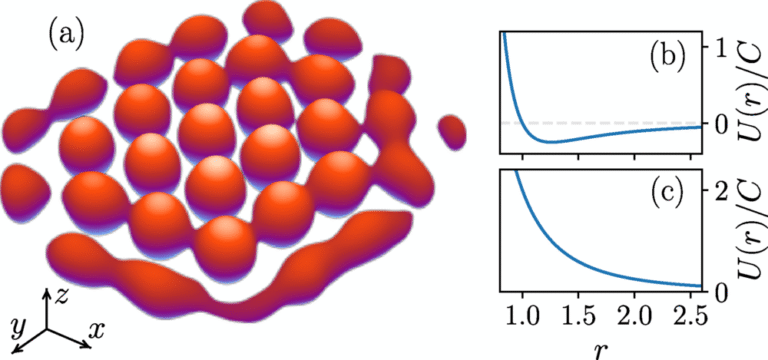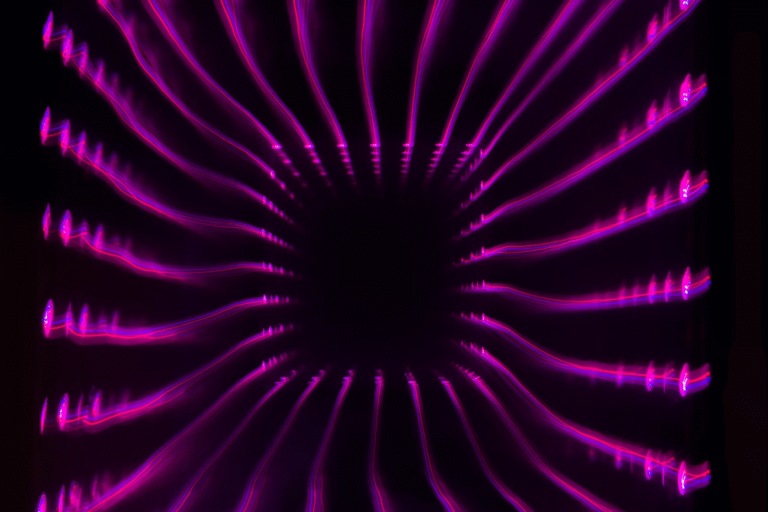Physicists Discover a Way to Rethink Quantum Uncertainty for Ultra-Precise Sensing
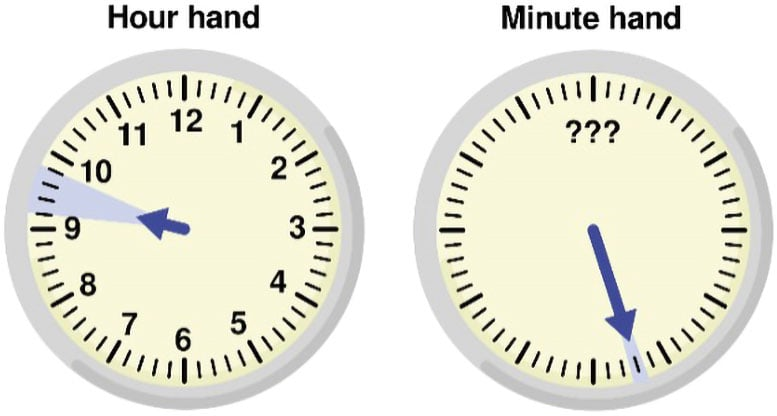
A group of physicists from Australia and the United Kingdom has reported a new method that reshapes how we deal with quantum uncertainty, a fundamental limit in physics. This work, carried out by researchers at the University of Sydney, RMIT University, the University of Melbourne, Macquarie University, and the University of Bristol, opens the door to sensors with extraordinary precision. Their findings were published in Science Advances in September 2025.
This research does not break the well-known Heisenberg uncertainty principle, but it cleverly works around its practical limitations. The team demonstrated that by shifting quantum uncertainty into places that don’t matter, measurements of both position and momentum can be made with unprecedented accuracy. If developed further, this method could transform technologies in navigation, medical imaging, astronomy, and fundamental physics experiments.
The Heisenberg Uncertainty Principle – A Quick Refresher
First introduced in 1927 by Werner Heisenberg, the uncertainty principle states that it is impossible to simultaneously know certain pairs of properties, such as a particle’s position and momentum, with unlimited accuracy. The more precisely one is measured, the less precisely the other can be known.
This is not due to limitations in our instruments; it is a feature built into the mathematics of quantum mechanics itself. The principle ensures that quantum particles cannot be pinned down like classical objects.
For most of the past century, this limitation has set boundaries on what scientists could measure in quantum systems. In practice, this meant sensors and measurement tools always faced an unavoidable “noise floor” caused by quantum mechanics. The research from Sydney and its collaborators shows that there are ways to reorganize this uncertainty to extract the measurements that really matter.
The New Method: Shaping Quantum Uncertainty
The lead scientist, Dr. Ting Rei Tan, a Sydney Horizon Fellow at the University of Sydney, described uncertainty as being like air in a balloon. You cannot remove it entirely, but you can push it around.
In their experiment, the researchers pushed quantum uncertainty into areas of measurement they considered unimportant. This freed up room to measure small, precise details of both position and momentum at the same time. Importantly, this does not mean Heisenberg’s principle is violated. Instead, it is about redistributing uncertainty.
They explained this idea using a clock analogy. Imagine a clock with two hands: the hour hand and the minute hand. Together, they give you both the hour and the exact minute. Now imagine a clock with only one hand. If it is the hour hand, you know the hour and can guess the minute very roughly. If it is the minute hand, you can know the minutes very precisely but lose track of the hour. Their new approach works like having a clock that sacrifices some broad, coarse information (like the exact hour) in exchange for very fine detail (like the precise minutes).
From Quantum Computing to Quantum Sensing
This sensing strategy was first proposed theoretically in 2017, but until now it had not been demonstrated in practice. The breakthrough came from adapting techniques originally developed for error-corrected quantum computing.
The team used a trapped ion, a quantum particle suspended in an electromagnetic field, and looked at its tiny vibrational motion—essentially the quantum version of a pendulum. To measure this motion, they prepared the ion in special states called grid states. These states were first designed to help protect quantum computers from errors but turned out to be ideal for precise sensing as well.
By working with these grid states, the researchers showed they could measure both position and momentum with precision beyond the standard quantum limit (SQL), which is the best possible accuracy achievable using only classical sensors.
The method also used an adaptive phase estimation algorithm combined with Bayesian inference to estimate small displacements in position and momentum. The team reported a metrological gain of up to 5.1 decibels beyond the SQL, and combined variances that were about 2.6 decibels better than classical limits.
Who Was Involved in the Work?
This research brought together both experimentalists and theorists. On the experimental side, Dr. Tan led the group at the University of Sydney’s Quantum Control Laboratory. Collaborators included Dr. Christophe Valahu, also at Sydney, who contributed to the trapped ion experiments.
On the theoretical side, Professor Nicolas Menicucci at RMIT University, along with colleagues at the University of Melbourne, Macquarie University, and the University of Bristol, worked on the conceptual underpinnings. Other co-authors included Ben Baragiola from RMIT, who emphasized that the work fits fully within the framework of quantum mechanics.
This international and multi-institutional collaboration highlights the growing strength of Australia’s quantum research community, supported by major research institutions in the UK.
Why Does This Matter?
The potential applications of this discovery are vast. Quantum sensors already hold promise in many areas, but this new method could significantly expand what they can achieve:
- Navigation: Sensors could work in places where GPS is unavailable, such as deep underwater, underground, or in outer space.
- Medical Imaging: Improved precision could enable better scans of biological tissues without invasive procedures.
- Astronomy: Observations of distant or subtle phenomena could become sharper and more accurate.
- Materials Science: Monitoring delicate properties of advanced materials at extremely small scales could benefit from ultra-precise sensing.
- Fundamental Physics: Small deviations or effects predicted by advanced theories could be detected, giving new insight into the foundations of the universe.
The researchers compare the potential of this work to how atomic clocks revolutionized navigation and telecommunications. Just as atomic clocks became a backbone technology for GPS, quantum-enhanced sensors may become essential for future industries.
Important Details of the Study
- The experimental demonstration used a trapped ion system at the University of Sydney.
- The ion was prepared in grid states originally designed for robust quantum computing.
- The team measured both position and momentum beyond the standard quantum limit.
- Gains of 5.1 decibels over the SQL were reported for simultaneous measurement of these incompatible observables.
- The study also explored measuring number and phase observables using specially prepared states, again demonstrating an advantage over classical limits.
- The experiment was supported by multiple international funding agencies, including the Australian Research Council, Office of Naval Research Global, US Army Research Office, Air Force Office of Scientific Research, Lockheed Martin, the European Commission, Sydney Quantum Academy, and private philanthropic contributions.
How This Fits Into Quantum Metrology
This research is a major contribution to quantum metrology, the field that studies how quantum systems can be used to make the most precise possible measurements.
Traditionally, quantum metrology relies on exploiting non-classical states of light or matter, such as squeezed states, to reduce uncertainty in one variable at the expense of the other. But this still left the problem of simultaneous measurement of incompatible observables.
By using modular observables and grid states, the Sydney and RMIT team has found a clever way to bypass this problem. This allows researchers to measure two difficult quantities with higher precision than classical physics would ever allow, all without violating quantum principles.
Limitations and Future Challenges
While exciting, the research is still at the laboratory stage. Scaling this up to practical devices will not be simple.
- Preparing grid states with high fidelity remains technically demanding.
- The method works best for small displacements, so its usefulness for larger or noisier systems remains to be proven.
- The trade-off involved means coarse global information is sacrificed in order to gain fine detail. Depending on the application, this may or may not be a limitation.
- Real-world environments involve noise, decoherence, and imperfections that could reduce the effectiveness of this technique.
Still, even with these challenges, this research represents a strong proof-of-concept that could inspire entirely new classes of quantum sensors.
A Broader Look: Quantum Sensing in Context
To put this achievement in perspective, it helps to understand the current landscape of quantum sensing:
- Atomic Clocks: These are perhaps the most well-known quantum sensors. They rely on the vibrations of atoms to keep time with extraordinary precision, underpinning GPS systems.
- Gravitational Wave Detectors: Facilities like LIGO use quantum techniques such as squeezing light to improve their sensitivity to cosmic ripples in spacetime.
- Quantum Magnetometers: These measure magnetic fields with extreme precision, useful in brain imaging and geological surveys.
- Quantum Accelerometers and Gyroscopes: These are being developed to allow navigation without relying on satellites.
The new method from Sydney and RMIT could add to this toolbox by allowing measurements of previously unmeasurable combinations of properties.
Conclusion
The discovery that quantum uncertainty can be reshaped to allow simultaneous precision measurement of position and momentum represents an important step forward. By adapting methods from quantum computing to quantum sensing, the team has opened a new path toward the next generation of sensors.
Just as atomic clocks reshaped navigation and communication, these ultra-precise quantum sensors could eventually transform fields from medicine to astronomy. The work is still in early stages, but the proof-of-concept is strong and the potential applications are vast.
Research Reference: Quantum-Enhanced Multi-Parameter Sensing in a Single Mode – Science Advances (2025)

